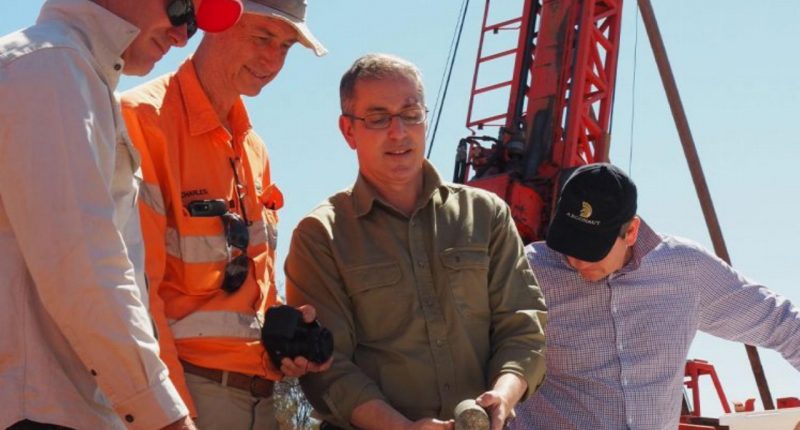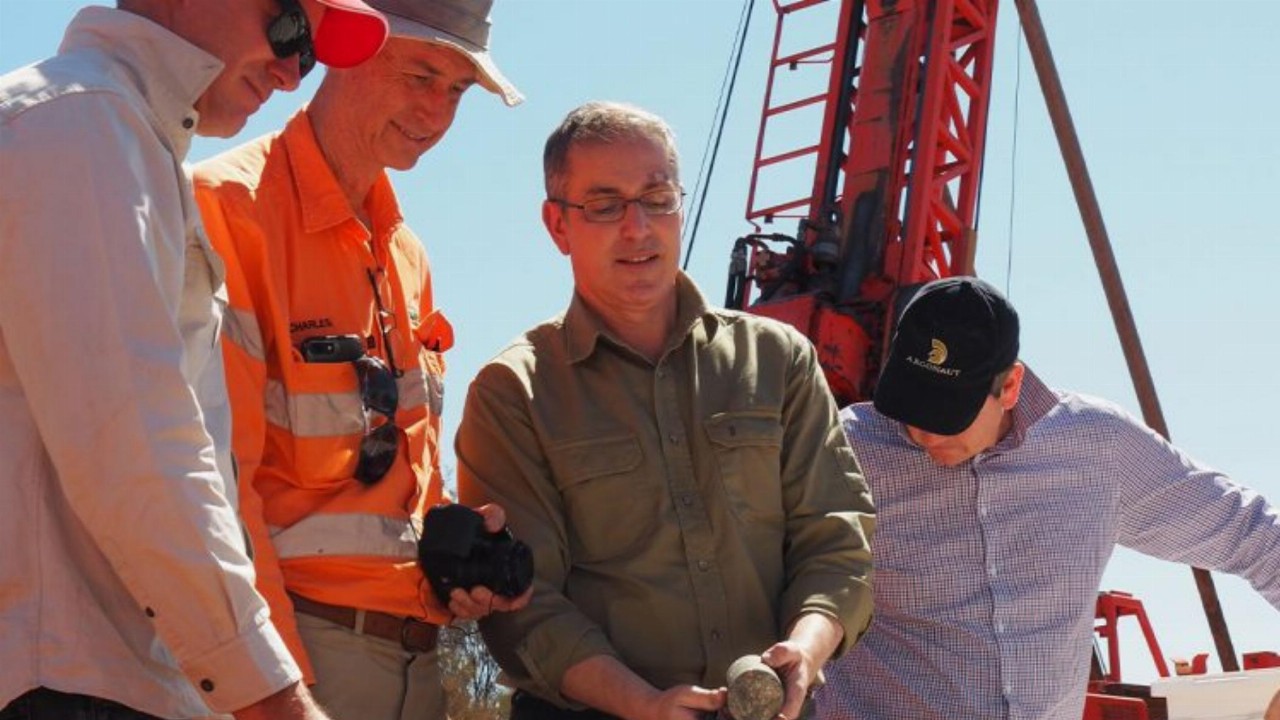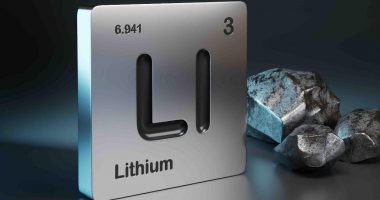- St George Mining (SGQ) identifies three electromagnetic (EM) conductors at the Mt Alexander Project in Western Australia
- One of the three conductors is located over 75 metres northwest of a drill hole which may represent a vector to extended mineralisation
- Another three EM anomalies were identified in the West End area of the Cathedrals Belt which offers potential for more nickel-copper sulphides
- Next week, St George Mining plans to begin a seismic survey at West End to follow up on these targets and support future deep drill testing
- Company shares were trading steady at 7.1 cents
St George Mining (SGQ) has identified multiple off-hole electromagnetic (EM) conductors at the Mt Alexander Project in Western Australia.
The three EM conductors have a strike length of 250 metres, 60 metres and 40 metres, respectively, and were identified through a downhole EM (DHEM) survey in hole MAD200.
This drill hole intersected a 12.7-metre intrusive unit from 500.7 metres downhole including 1.4 metres of disseminated and blebby nickel-copper sulphides from 512 metres. Assays are pending.
One of the three new conductors is modelled as a large EM plate located over 75 metres northwest of MAD200 within the interpreted down-dip extension of the intrusive unit that hosts massive nickel-copper sulphides in other parts of the Cathedrals Belt.
A further three EM anomalies were found in the West End prospect area and were identified from the DHEM survey in the nearby MAD196 drill hole.
These conductors are modelled with conductivity of 69,926 siemens, 27,000 siemens and 32,235 siemens, respectively. While they’re interpreted to have a massive sulphide source, they’re yet to be drill tested.
Additionally, the company received high-grade nickel-copper results from drilling already defined EM anomalies.
MAD38 intersected 2.74 metres at 3.77 per cent nickel, 1.48 per cent copper, 0.1 per cent cobalt, 3.85 grams of platinum group elements (PGEs) per tonne (g/t), 0.17g/t gold and 5.49g/t silver from 25.4 metres.
Executive Chairman John Prineas was pleased with the encouraging drill and survey results.
“The multiple EM conductors identified at West End are particularly exciting. These are favourably located within the interpreted intrusive unit and on the same plane as mineralisation intersected by recent drill holes,” Mr Prineas said.
“These results indicate a very large mineral system at the Cathedrals Belt with potential for further discoveries of high-grade mineralisation in the underexplored western section of the belt.”
To follow up on the new EM conductors in the West End area of the Cathedrals Belt, St George will conduct a seismic survey starting next week. This work will also support designing future deeper drilling.
Company shares were trading steady at 7.1 cents at 11:10 am AEST.
.







